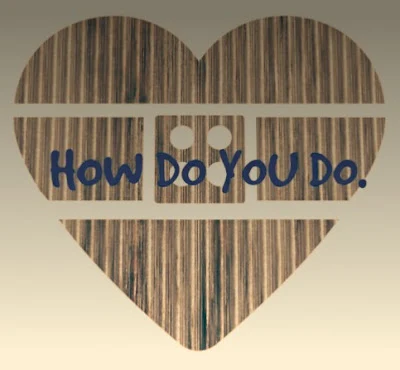I won't be surprised if 90% of the learners of English get the response to this statement or greeting wrong. I got it wrong when my professor first said it to me. My response was "I am doing fine."
My wrong answer prompted his laughter, which made me a bit sad. But I was glad when he told me the correct answer and said, "Don't feel bad my boy; learning is a continuous process. At my age, I still learn." That really relieved me.
The English language is very vast and kind of difficult. You can't learn it in a day, week or month; thus, I will be telling you the correct answer to this statement.
"How do you do" is a statement and not an actual question as it is perceived. It is not an actual question about a person's well-being but just a meaningless greeting. It is just like saying "Pleased to meet you" or "It's a pleasure meeting you" to someone you are introduced to, and in reply, the person tells you "It's a pleasure to meet you too." Similarly, when someone tells you "How do you do", your reply should be “How do you do."
"How do you do" used to be the case among some classes in England (at least), but it seems to be nearly out of place. In fact, most native speakers of English now perceive it as a question and, as a result, give their replies as "I am doing fine. Thanks!" These days, native speakers of English consider the actual response to this meaningless greeting archaic and, as such, prefer using "I am doing fine" or "Fine" as the response.
In a nutshell, the actual response to the statement/greeting "How do you do" is "How do you do", but if you are not satisfied with it, you can join the league of those who perceive it to be archaic and, as a result, have developed different response(s) to it.

